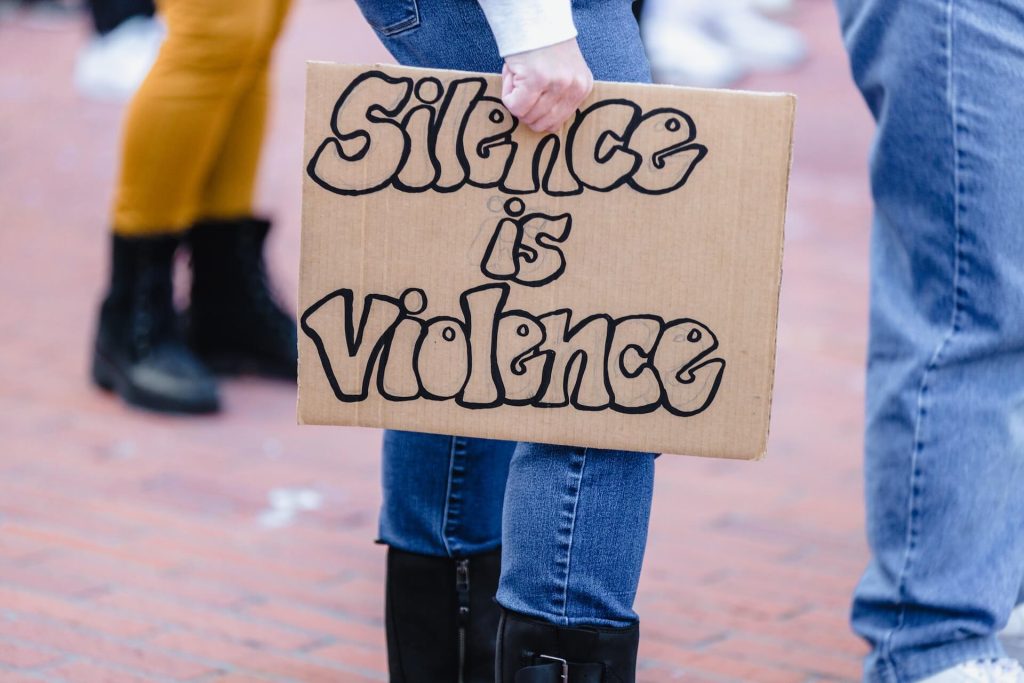
Domestic violence, a critical issue affecting families worldwide, goes beyond physical harm. It encompasses emotional, psychological, and financial abuse, often hidden within the confines of a home. Understanding its multifaceted nature is crucial for prevention and intervention. It’s not just about the visible scars; it’s about the invisible wounds that tear families apart.
The Importance of Addressing Domestic Violence in Families

Ignoring domestic violence can lead to devastating consequences, not just for the immediate victims but for the entire family unit. It’s essential to address this issue proactively, ensuring a safe and nurturing environment for all family members.
Identifying Early Warning Signs of Domestic Violence
Recognizing early signs, such as controlling behavior or unexplained injuries, is vital. It’s often the subtle, overlooked behaviors that escalate into more severe forms of violence.
The Role of Emotional and Psychological Abuse
Emotional and psychological abuse, though less visible, can be equally damaging. It erodes self-esteem and can trap victims in a cycle of abuse, making it harder to seek help.
Impact on Children: Spotting Indirect Signs
Children may not be direct victims, but the impact on them is profound. Changes in behavior, academic performance, or emotional well-being can be indicators of turmoil at home.
Fostering Open Communication within the Family
Open communication is a cornerstone in preventing domestic violence. Families should foster an environment where feelings and concerns can be expressed without fear of judgment or retaliation. This involves active listening, empathy, and mutual respect.
The Importance of Setting Healthy Boundaries
Healthy boundaries are essential in any relationship. They help define what is acceptable and what is not, creating a safe space for all family members. It’s about respecting personal space, privacy, and individual choices.
Role of Education in Preventing Domestic Violence
Education plays a pivotal role. By educating family members about domestic violence, its signs, and effects, we can empower them to recognize and respond to abusive situations. Knowledge truly is power in this context.
Building a Supportive Family Environment
A supportive family environment is one where each member feels valued and secure. This involves regular family activities, shared responsibilities, and a culture of encouragement and support.
Steps to Intervene Safely in a Domestic Violence Situation

Intervening in a domestic violence situation requires caution and understanding. It’s important to prioritize safety and seek professional help when necessary. Sometimes, the best intervention is providing resources and support to the victim.
Legal Protections and Rights for Victims
Victims of domestic violence have legal rights and protections. Familiarizing oneself with these laws can provide crucial support and options for victims seeking help.
Seeking Professional Help: When and How
Professional help can come in many forms, from counseling to legal assistance. Knowing when and how to seek this help can be life-saving for victims of domestic violence.
Support Systems: Leveraging Community Resources
Community resources, such as shelters, hotlines, and support groups, play a vital role in providing immediate and long-term assistance. These resources can be a lifeline for those in need.
Emotional Healing After Experiencing Domestic Violence

Healing from domestic violence is a journey. It requires time, patience, and often professional support. Addressing emotional scars is just as important as physical ones.
Rebuilding Trust and Relationships in the Family
Rebuilding trust after domestic violence is challenging but essential. It involves open communication, therapy, and a commitment to change and grow together as a family.
Long-Term Support for Survivors
Long-term support for survivors might include ongoing counseling, support groups, and community involvement. Healing doesn’t end with the immediate crisis; it’s an ongoing process.
The Community’s Role in Preventing Domestic Violence
The community plays a crucial role in preventing domestic violence. By fostering a culture of non-violence and respect, communities can create a safer environment for all. This involves community education programs, awareness campaigns, and support for affected families.
Policies and Programs: A Collective Approach
Effective policies and programs are essential for combating domestic violence. This includes legislation that protects victims, funding for support services, and educational programs that promote healthy relationships.
Educating the Next Generation
Educating the next generation about healthy relationships and respect is key to breaking the cycle of domestic violence. Schools, parents, and community leaders all play a role in this vital education.
Proactive Measures for a Safe Family Environment

To avoid domestic violence in the family, proactive measures are essential. This includes recognizing warning signs, promoting healthy relationships, and knowing where to seek help if needed.
The Role of Individual Responsibility and Awareness
Each individual has a responsibility to prevent domestic violence. This involves being aware of one’s own behavior, respecting others, and taking action if domestic violence is suspected.
Personal Experiences: Learning from Survivors

Survivors of domestic violence offer invaluable insights into prevention and recovery. Their stories can inspire, educate, and provide hope to others in similar situations.
Success Stories: Overcoming Domestic Violence
Success stories of overcoming domestic violence serve as powerful examples of resilience and hope. They demonstrate that with support and determination, it is possible to rebuild a life free from abuse.
FAQs on Domestic Violence Prevention

How can one identify if a friend or family member is experiencing domestic violence?
- Signs include unexplained injuries, changes in behavior, isolation from friends or family, and fear of their partner. Emotional changes like low self-esteem or anxiety around their partner can also be indicators.
What are the safest ways to offer support to someone in an abusive relationship?
- Listen without judgment, believe their story, offer emotional support, and provide information about local resources and helplines. Encourage them but don’t pressure them to leave or take action they’re not ready for.
Can counseling help families prevent domestic violence?
- Yes, counseling can help by addressing underlying issues, improving communication, teaching conflict resolution skills, and helping to understand and break the cycle of abuse.
What resources are available for children affected by domestic violence?
- Resources include counseling and therapy, child advocacy centers, support groups, and educational programs. Schools and community organizations often provide support and intervention programs.
Conclusion: Empowering Families to Create Safe Spaces

In conclusion, preventing domestic violence in the family is a collective effort that requires awareness, education, and action. By fostering a culture of respect and support, we can help create safer environments for everyone. Remember, change starts at home.
0 Comments